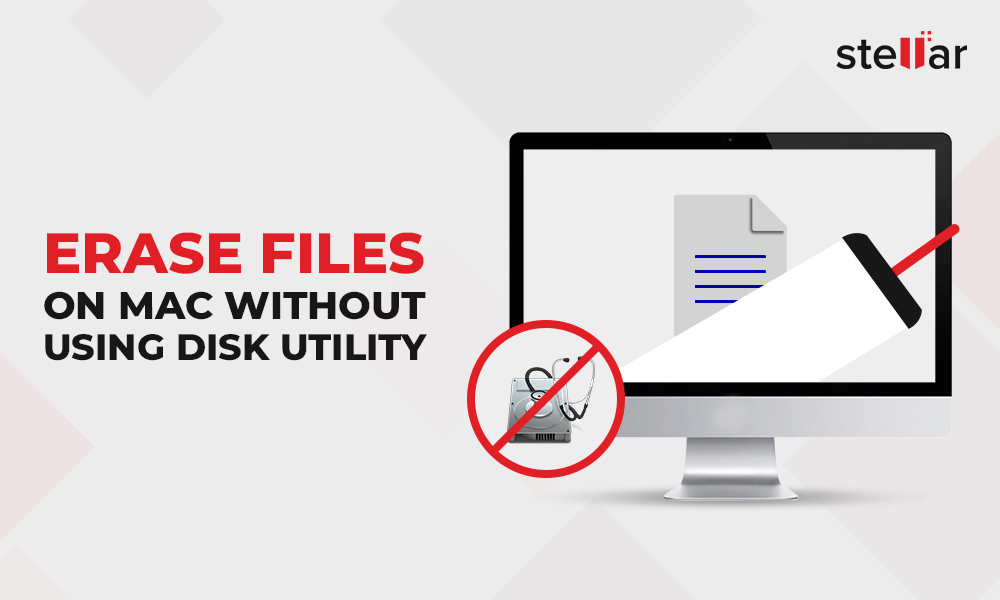

- Use permanent eraser on external hard drive how to#
- Use permanent eraser on external hard drive windows 10#
- Use permanent eraser on external hard drive software#
- Use permanent eraser on external hard drive download#
Method 3: Erase Private Data Permanently Using DBANĭBAN, short for Darik's Boot and Nuke, is an open-source data eraser tool designed to erase hard drive data in Windows 10 securely.
Use permanent eraser on external hard drive software#
Technical expertise is required to use this software else, it may lead you to permanent data loss.Being aware of the directories and file location of all browsing data, junk files, etc., is impractical.A bit difficult as it's a CMD line tool, requiring different commands to run the process.Once it’s done, you'll be prompted with a message confirming that files have been deleted completely. Image 1: Run SDelete to delete files permanently Type Sdelete d:\tools\mytext.txt. Now, Press ' Enter' to remove the mytext.txt stored in D drive's 'tools' folder file.If the SDelete file is located in D:\tools, type cd D:\tools and hit ' Enter.' (Replace the drive letter if the file is stored in a different location).Open Command Prompt and run it as administrator.
Use permanent eraser on external hard drive download#
Use permanent eraser on external hard drive how to#
How to Erase or Wipe Hard Drive Data? Method 1: Erase Data using SDelete Remember to take backup of your important data before you erase your hard drive data. Simply put, it overwrites the data on the hard drive to such an extent that the original data becomes unreadable or inaccessible. 'Erase’ or ‘Wipe' refers to overwriting the existing data with 0s, 1s, or random patterns onto all sectors of the hard drive to ensure data is gone permanently without even the slightest chance of recovery. But before that, understand what ' Erase' or ‘ Wipe’ means. Therefore, you need a secure way to not just delete but erase your sensitive files from the hard drive. When you delete a file from a hard drive, only the file pointers (entries) get deleted the data remains there (though inaccessible) and can be recovered easily using reliable data recovery software. Irrespective of the deletion method, your data will be restorable. To do so, you may delete your sensitive data either using Shift + Del key (in Windows), by emptying the recycle bin, or by running a Quick/Full format on your hard drive. Whatever the situation is, you must wipe the hard drive to prevent any unauthorized access. You may also want to donate or share your device with your friends or family. But, storage devices, like hard drives, have a lifespan after which, they may fail to perform, and you may want to dispose them. We all keep some personal data on our devices. In this article, we've shared the best effective methods to wipe hard drive data beyond the scope of recovery.

You can try permanent deletion that includes, erasing or ‘wiping’ data using various overwriting techniques. When you want to erase sensitive data from your hard drive permanently, make sure it is not recoverable in any manner.


 0 kommentar(er)
0 kommentar(er)
